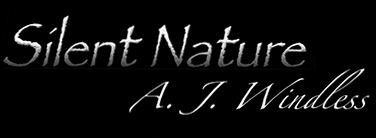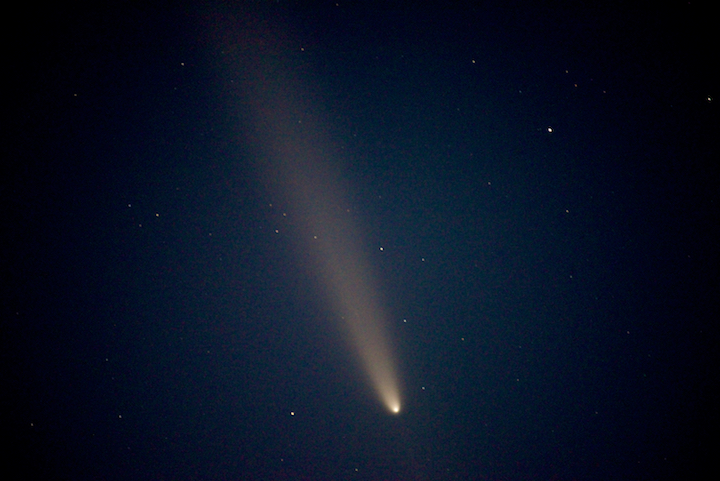 |
 |
|
The Tsuchinshan Comet October 15, 2024 f/5.6 2 seconds |
|
This past Monday I went in search of the Tsuchinshan comet. It
was my brother Paul that first took photos of the northern
lights in Pennsylvania and told me about them. The next day he
sent me a photo of the comet. It was the first I had heard about
it, so I did a little research, and found that here in Utah, I
should be able to see it above the western horizon just after
sunset. That first night I hiked about two miles above my house,
straight up hill, with my heavy camera pack and heavy tripod.
Since I have a bit of a medical handicap, I was pretty proud of
myself for making it above the last street of houses on 1100
West. Since coming back from a zero elevation and perfectly flat
Bangkok, where I had lived for 20 years, I had made it this high
a couple of times over the past few months, but never with this
much weight on me. I looked and watched for the comet for about an hour or so. At one point I thought I saw something that looked like a comet tail, so with my camera and 500 mm lens I looked at it through my view finder.There were a few thin clouds there, and once I tried to zoom in on it with my lens I couldn't see anything, so I concluded that I had probably just seen the light of the moon reflecting off the edge of the clouds. The next day I returned and scanned the sky for about and hour, but still could not see anything. Finally I noticed what I thought looked like a tail in the exact same spot that I had seen it the night before. This time it was bright enough that when I focused my camera on it and peered through the view finder, I could see that it was indeed Tsuchinshan, and when I captured the image, the light sensors inside my camera were much better at detecting the comet than my eye was (my brother in Pennsylvania found it much easier to see with his field glasses.) I used an ISO setting of 1600, an f/stop of 5.6, and tried a host of different shutter speeds from about 4 seconds to about 1/100 of a second. They all seemed to work, giving me a variety of looks to choose from. The higher exposures make the comet and its tail brighter and easier to see, but they also make the sky look blue. The faster shutter speeds make the comet smaller with more contrast and a black sky. During the last 15 minutes of my shoot, I could not see the comet at all, either with my naked eye, or through the view finder of my camera. What I had to do was point the camera at the area I thought the Tsuchinshan was in, take a photo, and then if I could detect the comet somewhere in the frame, make an adjustment to the position, and take another photo. Only that way, through trial and error, could I still get a good photo. Tsuchinshan is supposed to be visible until the end of October, so I have given you pretty good directions if you want to try for yourself. My photo was taken at 8:59 p.m. Like most of the photos on my website, the date and exposure are listed directly under my published image. I witnessed the comet directly west. The internet said that it would be just to the left of the sunset. Where I was it seemed to be just to the right of the sunset, but perhaps that's the result of me walking a few hundred yards and changing my position on the hill long after the sun had disappeared. If I had held my fist outstretched on the horizon, that's about how high above the horizon the comet was. But I have to warn you, it is changing with each passing day. Last night I looked for it until 9:30 p.m. and could not detect any trace of it. Having arrived back in Utah 3 months ago, I did finally buy a car this past week, so maybe over the next few days, I will drive down and pick up my spotting scope. If you go searching for Tsuchinshan, you'll definitely need something to help you detect it this late in the month. |